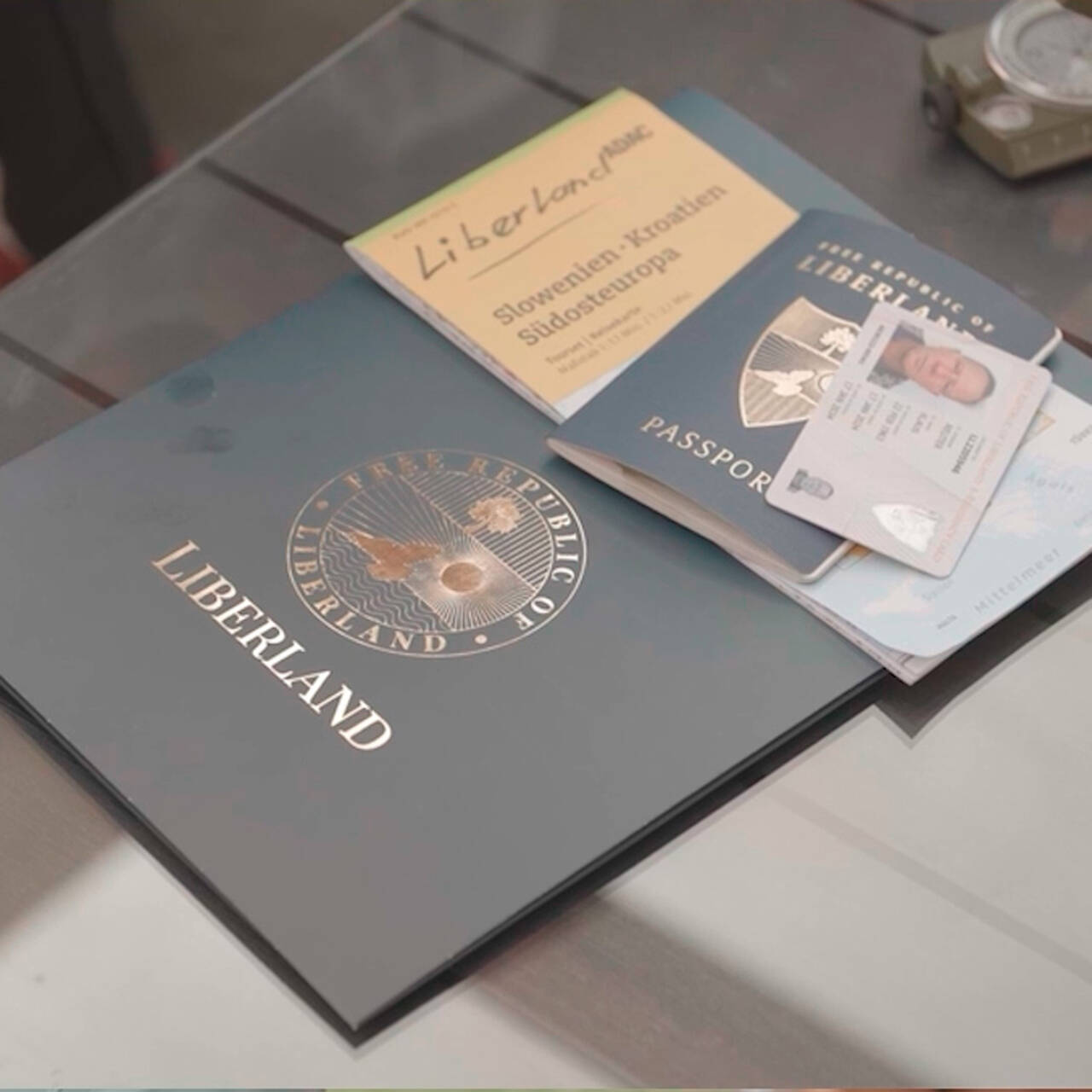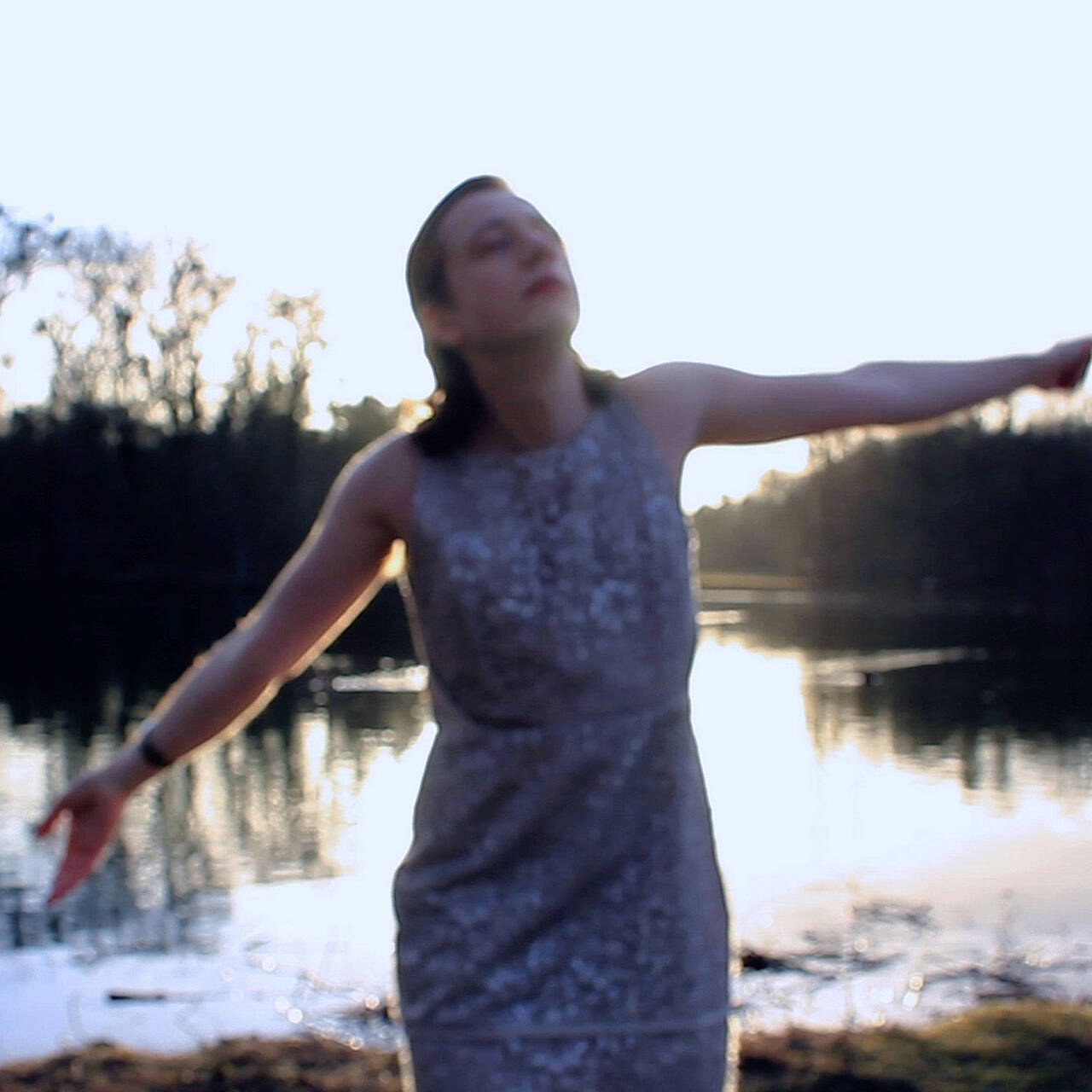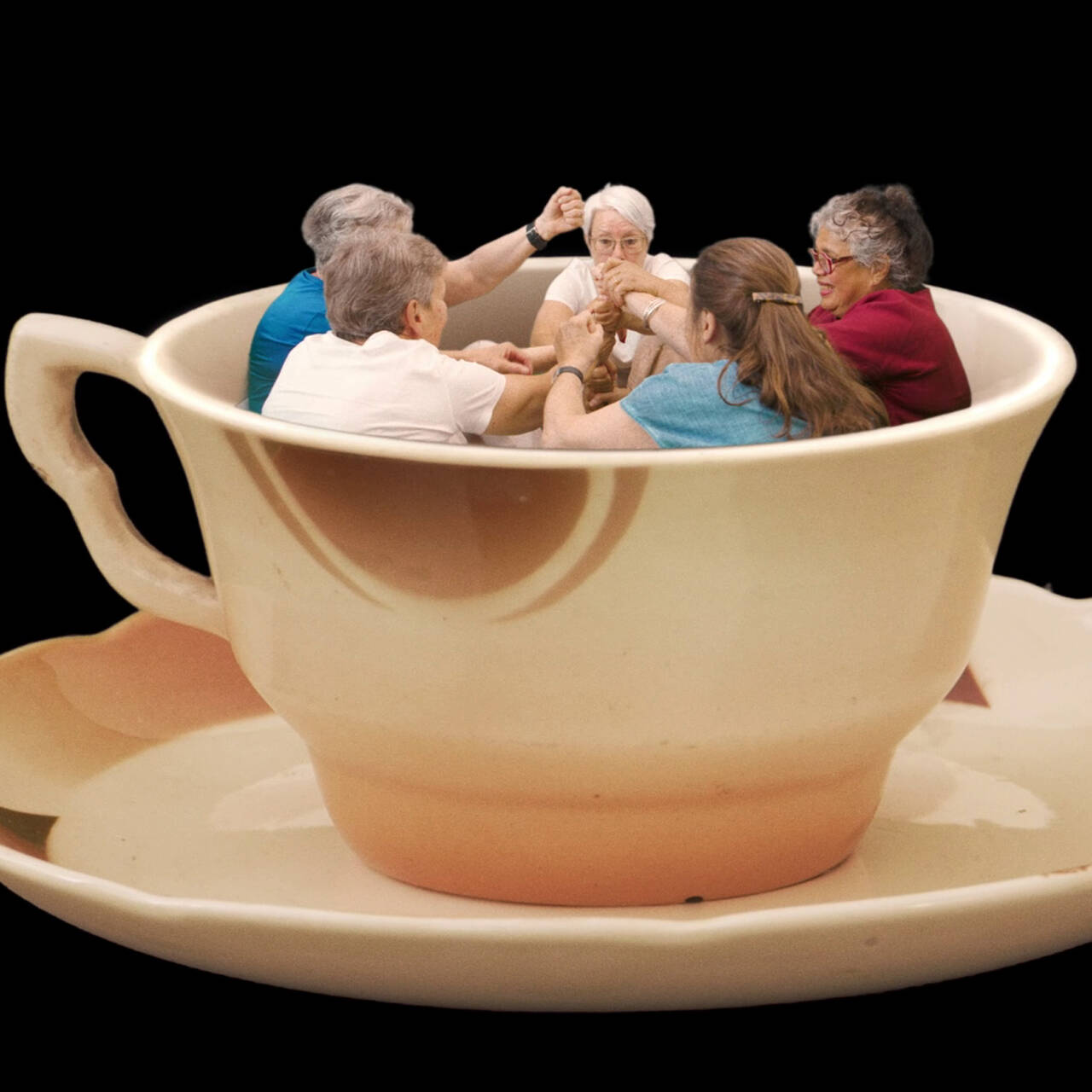On November 30 the artist Andrew Norman Wilson will be showing his current film “Ode to Seekers 2012” as part of the DOUBLE FEATURE.
Slowly the curtain of smoke that seems to cling to the lens dissipates and we hear the rhythmic rattling of a tambourine. The camera gradually reveals the image of an abandoned building, through which it then continues to move falteringly: Walls gnawed by time, “Lion King” wallpaper, empty shelves and various filth and toys on the floor.
The tambourine is joined by a synthesizer and beat, the music merges into a naïve, cheerful house song, whilst the camera continues to pace through the dilapidated scene, where it appears parties have recently been held. The view is hyper-realistic – the excessive sharpness makes everything appear vivid, as if the external appearance of the object has simply been painted onto it and could flake off at any moment. Eventually the camera moves to a yellow column of smoke, passes through it and dives into the world of the molecules, which appear comical in their chaotic dance.
Mosquito, oil pump and syringe
Andrew Norman Wilson’s (born 1983) video “Ode to Seekers 2012”, lasting a good eight minutes, developed in cooperation with Romanian animator Vlad Maftei, whose skills come strikingly to the fore in the second half of the work. As the molecules dance, the house music is crossfaded into Icona Pop’s “I love it” (here as a remix version by Wilson himself) and we soon find ourselves in a rocky digital desert in which a mosquito, an oil pump and a syringe now take turns in sucking something out of a hole in the ground, whilst the beat of the electropop hit pumps in sync with them.

What follows is an amusing digital animation montage in the style of Eurotrash music videos, which very thoughtfully sets out a flowing sequence of music and image, and the alternating sucking and pumping trinity of mosquito, oil pump and syringe. The third part is then introduced with the caption “2012” and shows industrial equipment on the conveyor belt of which all color is being sucked from various objects by the mosquito’s snout, the oil pump and the syringe, whilst in the background catastrophic images of aircraft crashes are blended in.
Responsible for his trauma
In a text for the Artforum magazine, Andrew Norman Wilson describes “Ode to Seekers 2012” as a celebration of mosquitos, oil pumps and syringes which, alongside their symbolic nature as great threats to mankind (disease transmission, oil industry and drug addiction), also appear responsible for their very own trauma. He has structured the work in the form of an ode, and in doing so has taken direction from one of the great poems of the English language: John Keats’ “Ode on a Grecian Urn”.

In the poem, which was widely dismissed in its time, Keats attempts to further develop the classic form of the ode, which he found somehow unsatisfactory. In the poem the lyrical “I” – in accordance with the title – describes an old Greek urn, whilst on the meta-level the relationship between art and the reception of art is questioned.
Apocalyptic feelings
The film was shot at the Rockland Psychiatric Center in Orangeburg, New York, at which Wilson took part in a psychological trial in 2012. He discovered that several parts of the institutional complex stood empty and were regularly used by homeless people, drug addicts and partygoers – so he went straight to film there with his steady-cam. In previous works Wilson has often focused on international industrial complexes: His production company “SONE”, for example, offered advertising campaigns for commercial and cultural operations, which aimed to evoke apocalyptic feelings through a drastic pictorial language, with a special public investor meeting held for this very purpose.


In “Workers leaving the Googleplex” Wilson tackles the internally poorer situation of Google Books employees, which ultimately cost him his own job with the internet giant. “Ode to Seekers 2012” on the other hand uses the subjective camera to take a more personal form, but adds a more cryptic element to this starting point with animated symbols and a music video aesthetic that always incorporates the ironic break and thus is reminiscent of the playfulness of previous works.
A sick film by sick people
For his favorite film Wilson decided on Nicolas Roeg’s “Bad Timing” from the year 1980. From the perspective of Wilson’s own work, this could also bear the subtitle “Ode to Lovers” – but in the obsessive and destructive sense rather more than the romantic one. The film takes the form of a crime story and tells the tale of the love and suffering of psychoanalyst Alex Linden (Art Garfunkel) and the young American Milena Flaherty (Theresa Russell). “Bad Timing” begins with the transportation of Milena Flaherty in an ambulance, as she has just taken an overdose of pharmaceuticals. The film then proceeds as a brilliant montage of how she ended up trying to commit suicide – in flashbacks from the memory of Alex Linden as part of the police investigation by Inspector Netusil (Harvey Keitel).

The film was shown in just a few cinemas in 1980, and the production company “The Rank Organisation” withdrew its well-known logo from the credits: “A sick film by sick people for sick people”, was the conclusion. As ambivalent as he was uncompromising, Nicolas Roeg paints a love story full of passion and obsession and dissects those mechanisms that prompt loving devotion to become sexual obsession. Form and content complement one another completely in “Bad Timing”, surpassing those problematic elements of a simple he-said-this-she-said-that structure to the story of a love affair. Thanks to frequent television screenings, “Bad Timing” achieved its justified cult status even within the 1980s, whilst the home-release version only came onto the American market in 2005. The laconic-cheeky irony of the title links back to Wilson’s “Ode to Seekers 2012”: Perhaps the greatest trauma sometimes demands the greatest possible irony.


Lifting the veil
In the coming DOUBLE FEATURE, Saodat Ismailova refocuses attention on the fate of Uzbek women who, by unveiling themselves, fell victim to femicide.

Mining nature and humans to death
In the forthcoming DOUBLE FEATURE Florencia Levy offers insights into a dystopian world that is in fact our current world. Starting with a residency...

The Season of the Witch
In our next DOUBLE FEATURE, artist Margaret Haines will present her video work “On Air: Purity, Corruption & Pollution” (2024). Drawing on the life of...

the lived experience of horror
The next DOUBLE FEATURE will host the artist collective Open Group. In their video work “Repeat after Me II”, they examine the extent of the Russian...

Outlines of tomorrow’s world – under the sign of capitalism
Be it as a sci-fi utopia in the context of the gig economy or as a documentary discussion of the dystopian notions underpinning the fake micronation...

A Sicilian myth in a contemporary guise
What if women can resolve and heal dichotomies? In the coming DOUBLE FEATURE, Elisa Giardina Papa takes the Sicilian myth of the “donne di fora” and...

REVISITING DOUBLE FEATURE: FOCUS ON QUEER ART
Our DOUBLE FEATURE series presents a variety of artists who deal with queerness in their work. We have selected some of the best video interviews for...

A mix of meditation and leisure
What potential does leisure offer? What happens if nothing happens? In the form of “Untitled (Nothing Happens)” (2023), in the latest DOUBLE FEATURE...